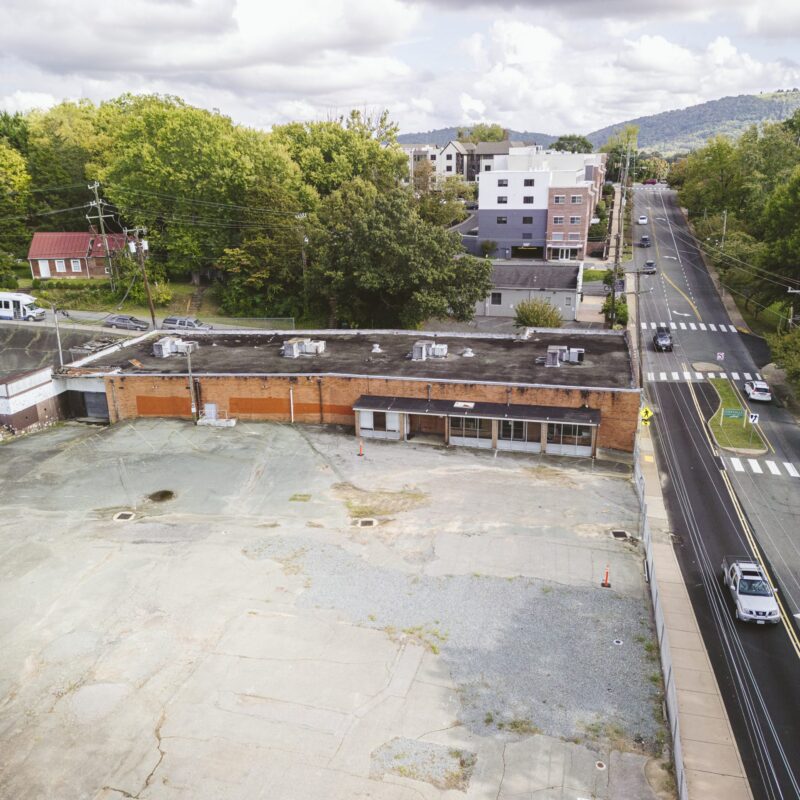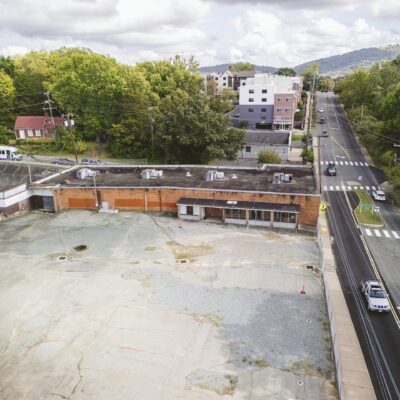Here we go again. With a new snowstorm on the horizon, the City of Charlottesville is asking residents not to park in certain areas Downtown starting at 1pm:
– Water and Market Streets from Ridge to 10th Street
– East Jefferson Street
– High Street
– West Main Street
“No parking” signs will be posted on these streets, and cars that are in violation of these rules will be towed.
The city, however, will once again provide free parking in the Water and Market streets garages until the snow is cleared.
Lee Catlin, Albemarle County spokesperson, e-mailed tips for winter heating and fire prevention safety tips from the Department of Fire Rescue, which are reproduced below. A cause has yet to be determined in the fire that destroyed a house on 203 Robertson Avenue on Monday afternoon; a fire engine remained outside the address this morning.
Supplemental Heating Devices
-Use and maintain supplemental heating devices in accordance with manufacturer recommendations.
-Do not leave heating devices unattended or turned on while you are sleeping.
-Provide all heating devices with at least three feet of clear space, away from beds, drapes, furniture and other combustible materials.
-Examine gas lines for punctures or splits. Check the connectors and valves for leaks.
Chimneys and Fireplaces
-Clean and maintain chimneys fireplaces and furnaces on a regular basis. Most fires in wood stoves, fireplaces and chimneys occur because of a lack of regular cleaning, leading to the buildup of creosote (the residue of unburned fuel).
-Keep sparks and embers inside the fireplace with fire screens made of heat-tempered glass or sturdy metal.
-Burn dry, well-seasoned hard wood because it’s the most efficient fuel.
Smoke and CO Alarms
-If you don’t have smoke alarms, install them. If you do, maintain them according to the manufacturer’s instructions.
-Install CO alarms in your home to provide you with an early warning if CO is accumulating. Heating equipment that burns fuel is a potential source of carbon monoxide, an odorless, colorless, poisonous gas that is created when fuel burns incompletely.
-Test smoke and carbon monoxide alarms weekly to be sure they are working properly. Change the batteries in all alarms at least once a year.



